Creating art featuring Spider-Man can be an exciting way to explore creativity and imagination. Drawing this iconic character can allow artists to experiment with different styles and techniques, making it both a fun and educational endeavor.
Exploring drawing ideas for Spider-Man encourages artists to think outside the box and find their own unique interpretations of this beloved hero. Whether for seasoned artists or beginners, these ideas can inspire new artwork and lead to a deeper appreciation for the character.
1) Dynamic Spider-Man Pose
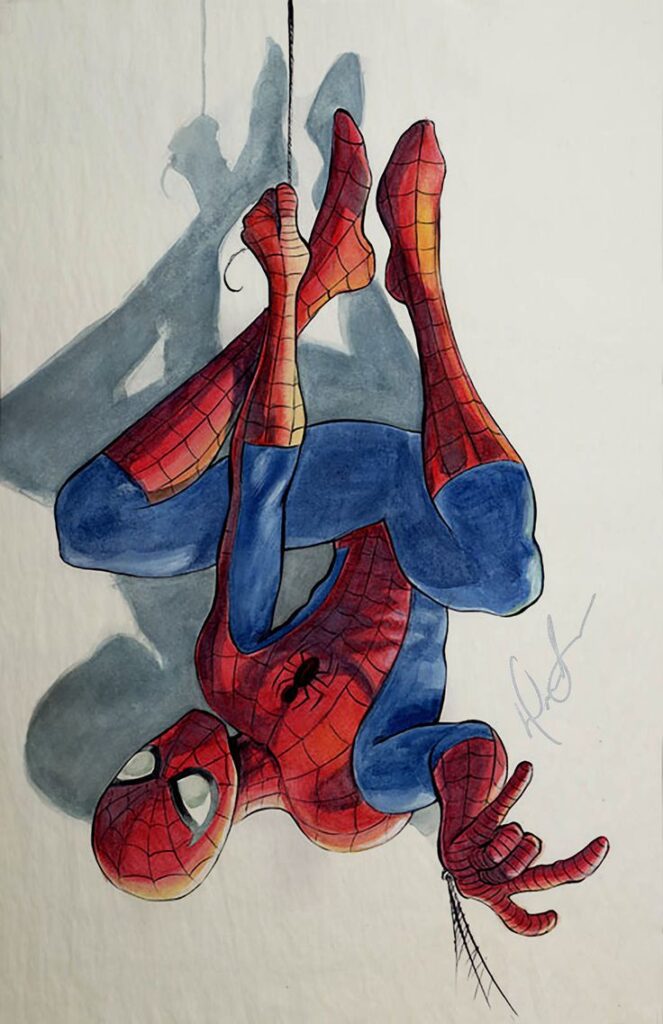
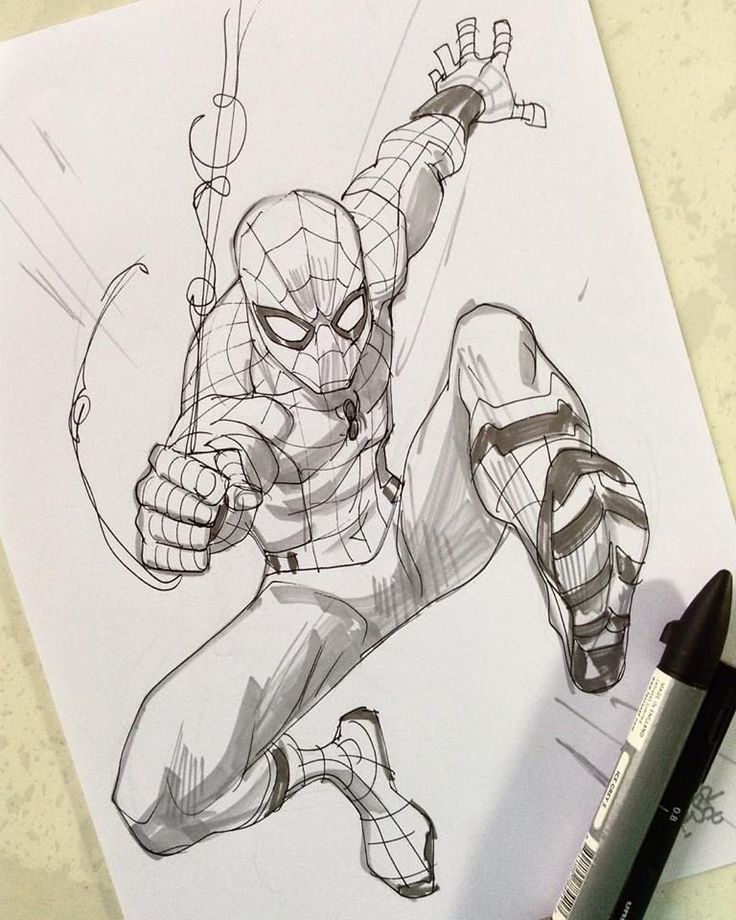
Creating a dynamic Spider-Man pose can bring energy and action to your drawing. Start by sketching the basic outline of Spider-Man. Focus on his unique style and powerful stance.
Imagine Spider-Man swinging through the city. His body should look flexible and athletic. Arms and legs can be drawn in different angles to show movement.
Consider the perspective. Spider-Man often appears to leap towards or away from the viewer. This can be shown by varying the size of his arms or legs. Make his front leg appear larger to suggest movement toward the audience.
Use Spider-Man’s webbing to emphasize the pose. Incorporate the web-slinging hand movements to add detail and interest. These curves can guide the viewer’s eye across the drawing.
You could also show Spider-Man’s iconic suit details. The spider symbol, web patterns, and mask can make your drawing more recognizable. Being mindful of the contours can highlight muscles and give depth.
By focusing on these elements, an artist can craft an engaging and lively Spider-Man illustration. The dynamic pose can bring your artwork to life, capturing the excitement of the character.
2) Spider-Man in Action
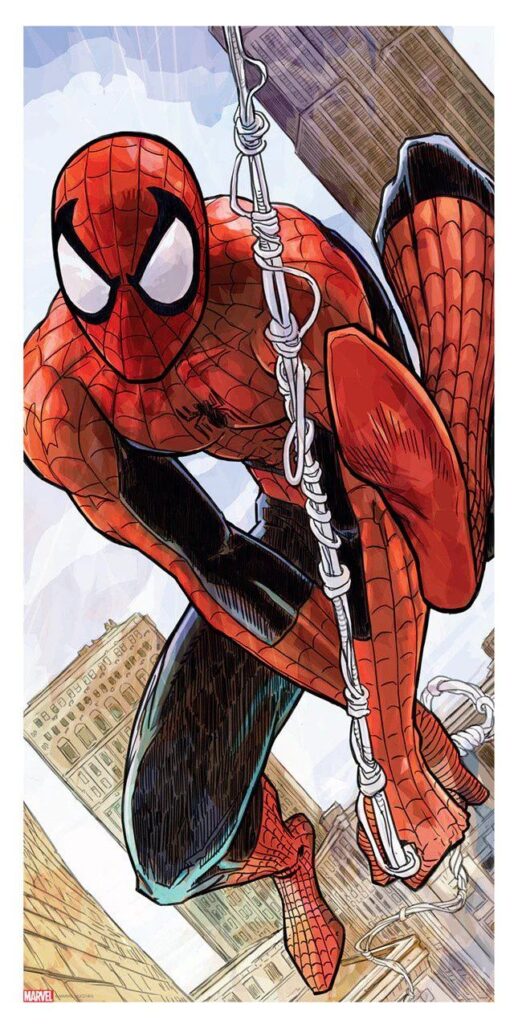
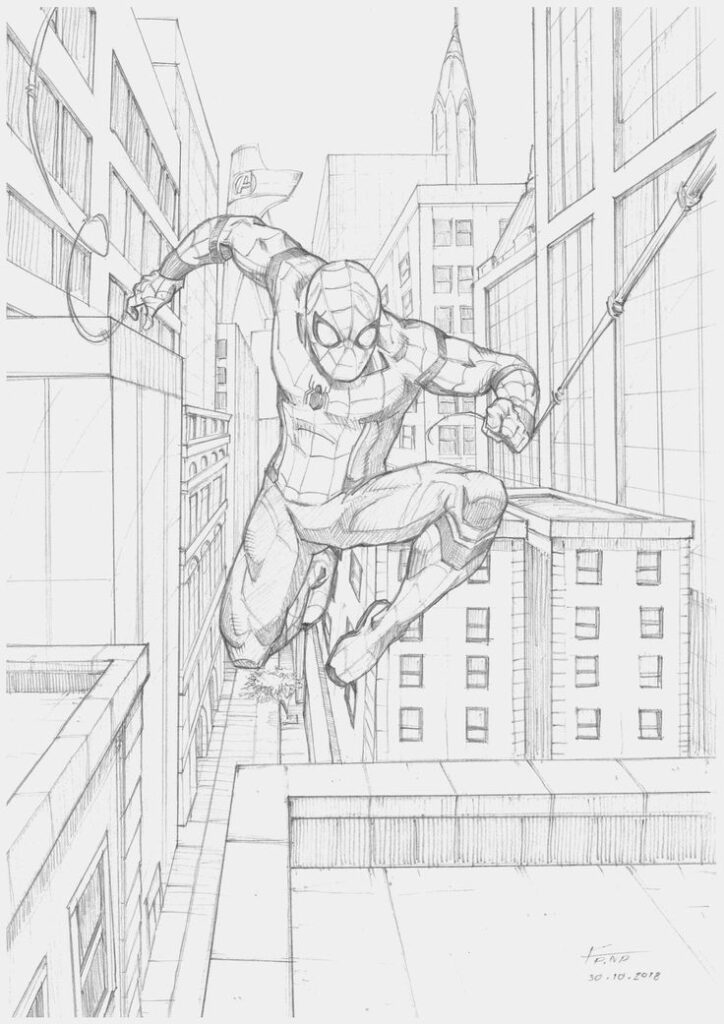
Spider-Man is known for his dynamic poses and acrobatic moves. Capturing him in action can bring energy and excitement to any drawing. Draw him swinging swiftly through the city, webbing between tall buildings. His body should be in a stretched-out pose, showing motion and speed.
Consider illustrating a scene where Spider-Man is performing a mid-air flip or dodge. This can highlight his agility and quick reflexes. Focus on the positioning of his limbs, and try to show muscles in action.
Another idea is to depict Spider-Man in a battle stance, ready to face villains. Show his posture with a slightly bent back, and arms and legs spread, preparing for action. The facial expression should convey determination. This captures his readiness to fight crime.
3) Classic Spider Emblem
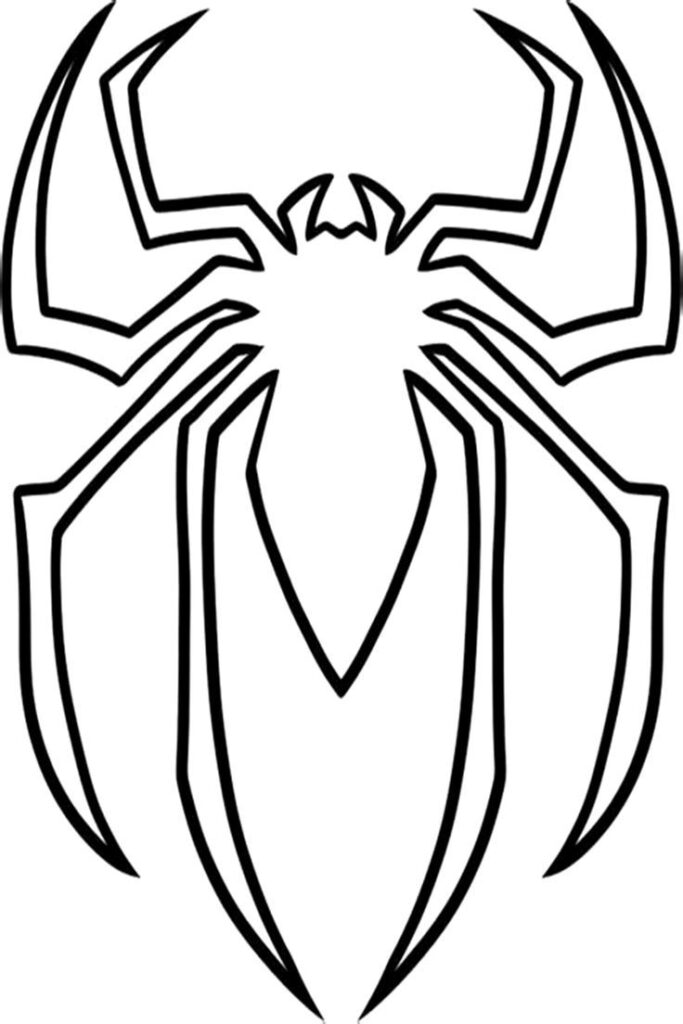
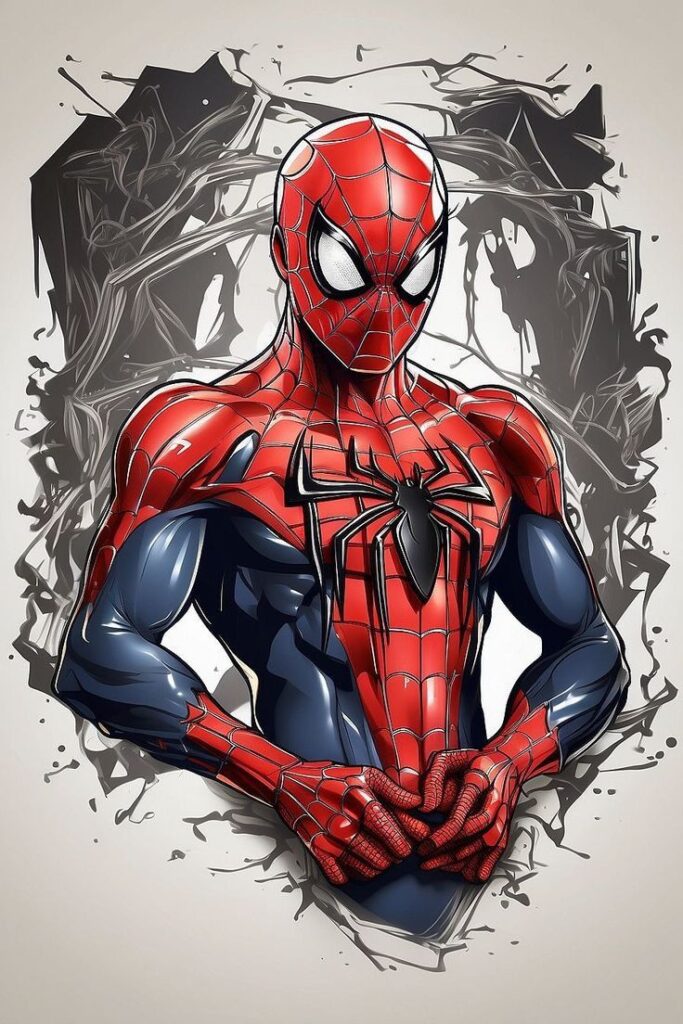
The classic Spider-Man emblem is a timeless icon. It often features a simple black spider on a red background. This design captures the essence of Spider-Man’s heroics with its bold and striking look.
For this idea, start with an oval or circle shape. Inside this shape, draw eight curved lines to form the legs. The lines should be evenly spaced around the center.
At the top of the emblem, sketch an oval for the spider’s body. Below it, add a small circle to represent the head. Ensure the legs are connected to the body for a natural appearance.
To make the emblem stand out, use dark black ink for the spider. The background can be red, reflecting Spider-Man’s classic suit. This contrast makes the emblem pop visually.
Incorporating a web pattern around the spider can add detail. Lightly sketch intersecting lines to create the web effect. This can enhance the overall design without overpowering the classic look.
Overall, this classic Spider emblem is a simple yet powerful design. It’s easy to draw and instantly recognizable. Perfect for anyone looking to capture the spirit of Spider-Man.
4) Spider-Man with Cityscape
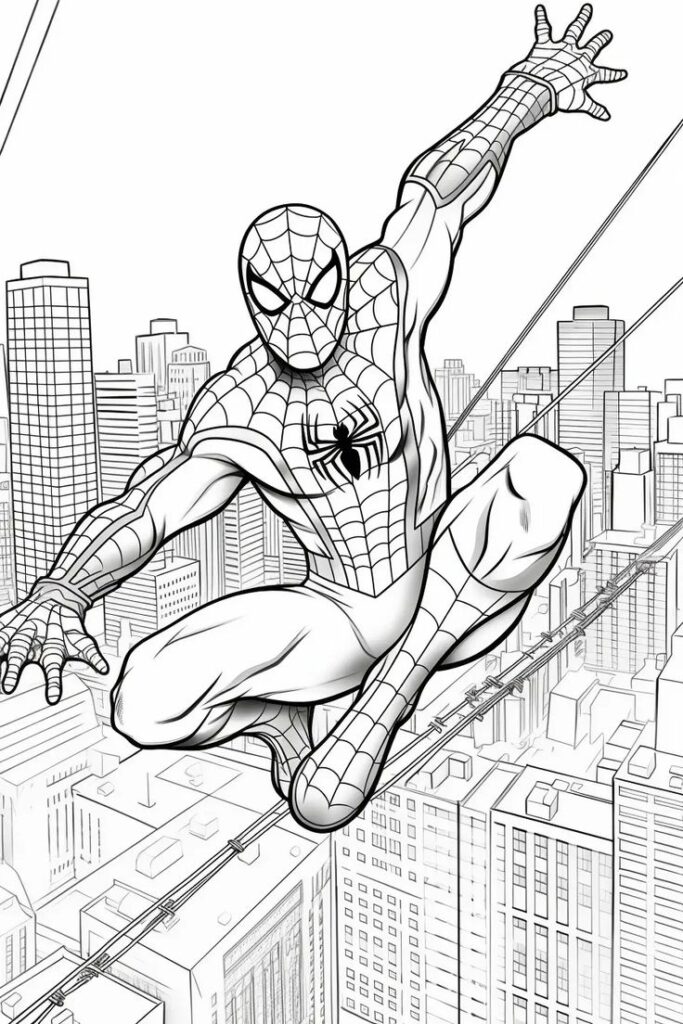
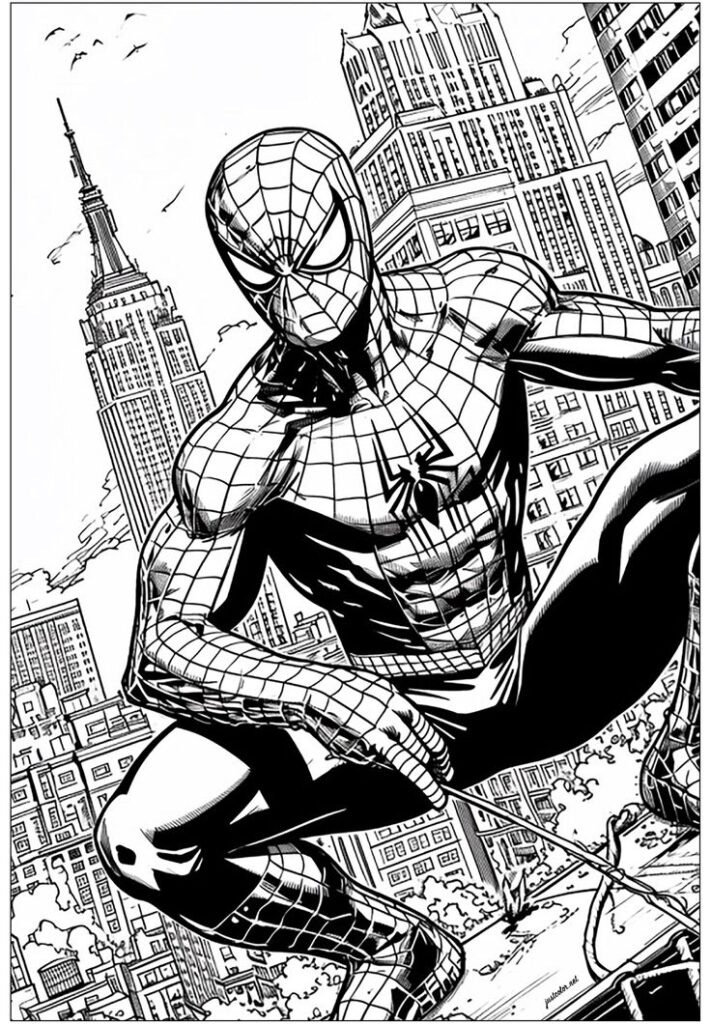
Drawing Spider-Man swinging through a cityscape is a classic scene. Artists can portray this by including tall buildings and busy streets. The background should show New York City’s iconic skyline to highlight Spider-Man’s favorite neighborhood.
The positioning is crucial in this drawing. Place Spider-Man in an action pose, web-swinging between skyscrapers. Ensure his suit and movement are dynamic to capture the excitement.
Attention to detail in the buildings adds depth. Consider including busy street scenes below or a nighttime sky with glowing windows. This can set the mood and create a vibrant city atmosphere.
5) Spider-Man and Venom Face-Off
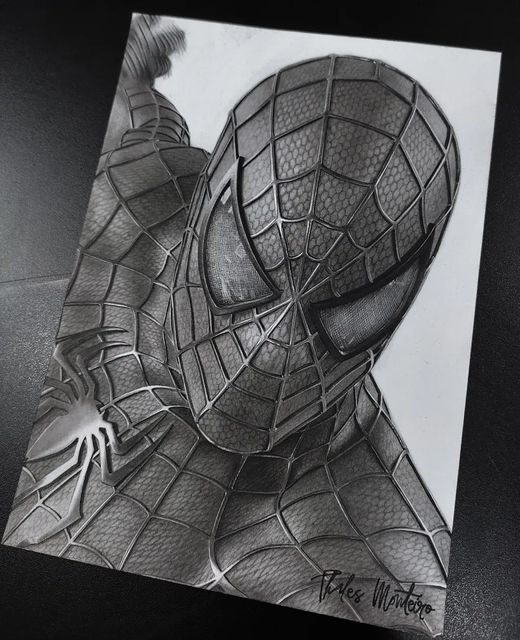
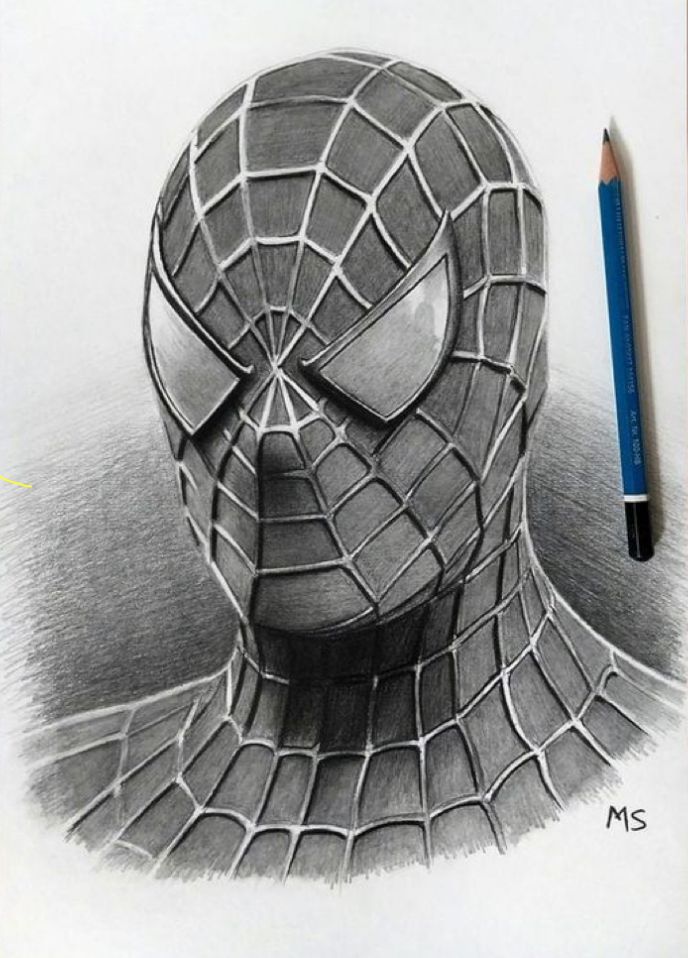
Drawing Spider-Man in a showdown with Venom can be an exciting challenge. This theme offers a chance to explore action and emotion through art.
Start by sketching Spider-Man in a dynamic pose. Consider how his agility and athleticism come into play against Venom’s powerful and menacing presence.
Venom’s bulkier form contrasts with Spider-Man’s lean build. Capture Venom’s signature features like his sharp teeth, long tongue, and muscular build. These details can make the artwork more striking.
The background could reflect the intensity of their battle. Dark cityscapes or alleyways add mood and depth to the scene. Use shading to enhance the dramatic effect.
Experiment with facial expressions to highlight their emotions. Spider-Man might show determination, while Venom could display a fierce or menacing look. This adds more intrigue to the face-off.
Utilize color contrasts to distinguish the characters. Spider-Man’s bright red and blue costume and Venom’s dark tones offer a captivating visual clash. These colors can make each figure stand out.
Pay attention to how light and shadow interact with the characters. This can give the scene a more three-dimensional feel, making the confrontation appear more intense and vivid.
6) Miles Morales Swinging
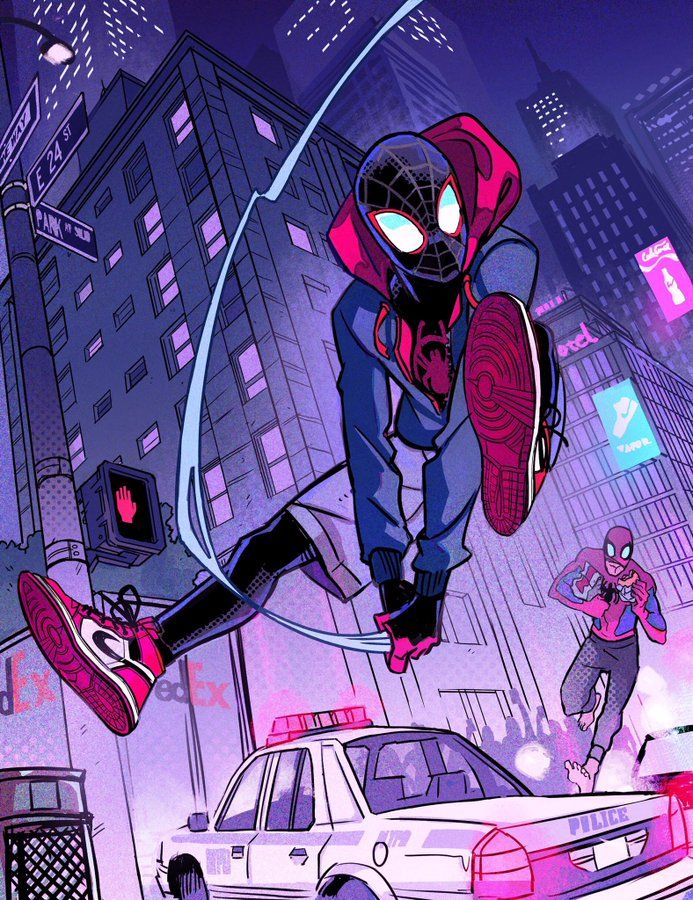
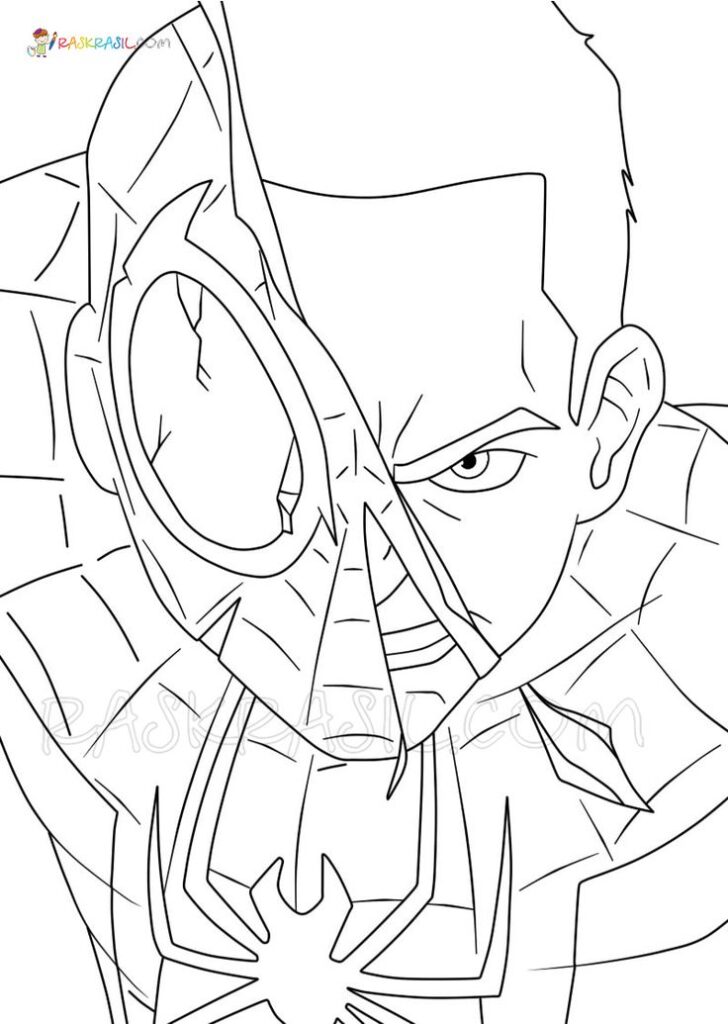
Miles Morales is a popular Spider-Man with a unique style. One exciting scene to draw is him swinging through the city. Capture his dynamic swinging poses with grace and energy. Focus on his athletic build, which is slimmer and different from the traditional Spider-Man.
Pay attention to his suit details. His costume has a black base with red web patterns. Don’t forget his signature graffiti-style emblem on his chest. Adding these details will make the drawing stand out.
Consider including a cityscape background to show him in action. Try drawing skyscrapers or bridges to give a sense of height and motion. Use lines to indicate speed and movement as he swings.
Capture the emotion and excitement on his face. Drawing his expressive eyes can tell a story all on their own. This makes the artwork more engaging and lively.
7) Spider-Man Noir Silhouette
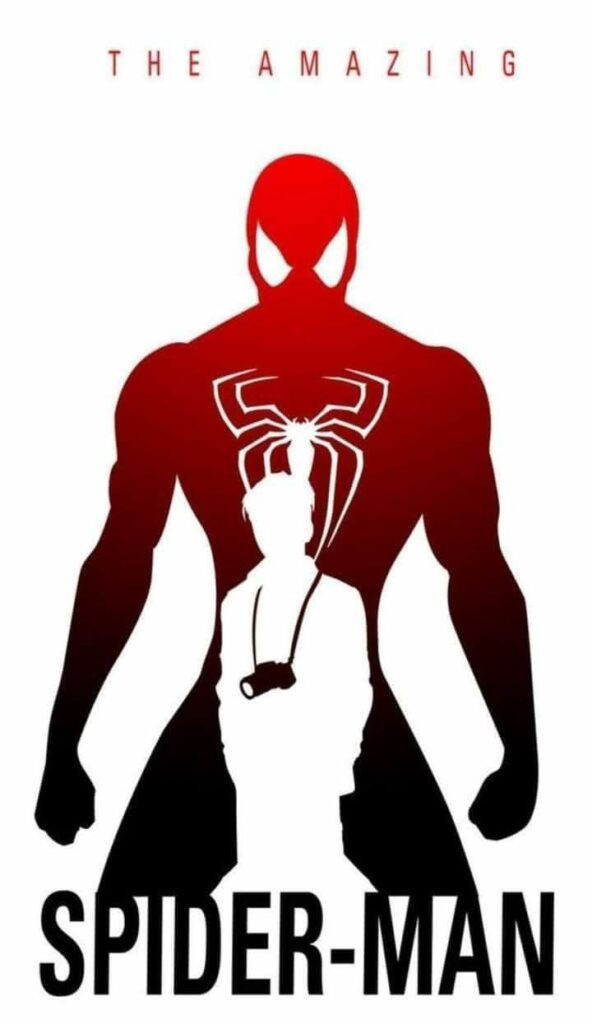
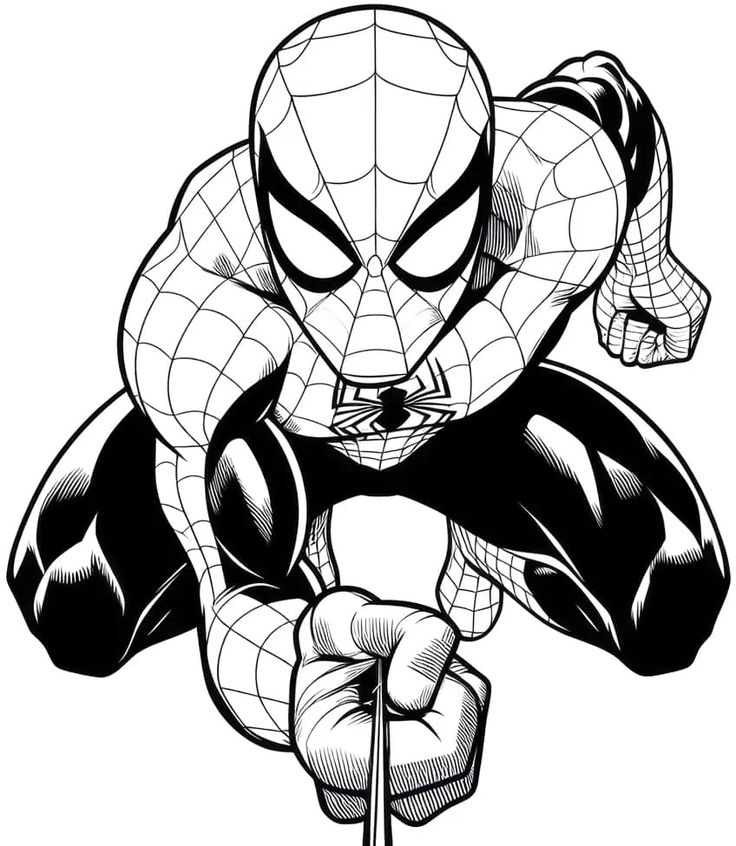
Spider-Man Noir brings a unique twist to the Spider-Man universe with his 1930s detective style. Drawing a silhouette of Spider-Man Noir can be both mysterious and intriguing.
Start with the iconic fedora and trench coat. These are essential elements that define his look. Focus on capturing the shape of these garments in shadow.
Include the web patterns on his outfit, but keep them subtle. Silhouettes rely on contrast and simplicity, so let the solid colors define the figure.
To add depth, place the silhouette against a bright background. This contrast will help Spider-Man Noir stand out, capturing the essence of his shadowy persona.
Keep the details minimal, focusing on the distinct outlines. This will maintain the mysterious vibe that makes Spider-Man Noir so captivating.
8) Spider-Gwen in Motion
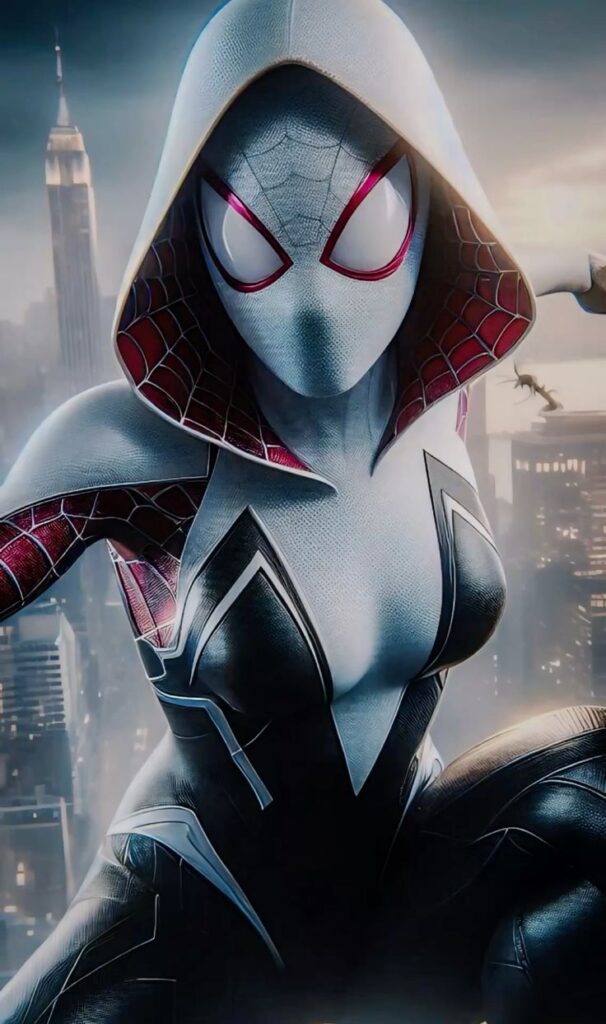
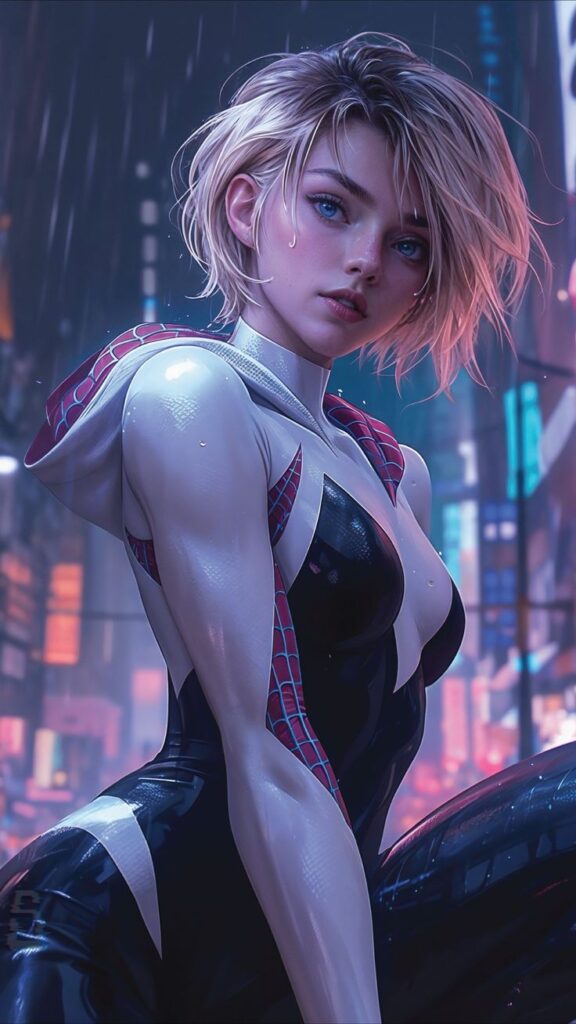
Spider-Gwen is a superhero from an alternate universe, known for her agility and style. Drawing her in motion highlights her dynamic abilities. Artists can capture the sense of speed and energy by showing her swinging through the city or leaping across rooftops. Her movements should look fluid and effortless.
Focus on her distinctive costume, which includes a white hood, black and white bodysuit, and pink accents. To depict motion, consider using lines that suggest movement, like motion lines around her hands or feet. This can add a sense of action and speed to the drawing.
Experiment with different poses. Spider-Gwen can be shown in a mid-air flip, landing from a jump, or swinging on a web. Each pose can reflect her grace and agility. Attention to detail, like the flow of her hood or the bend of her limbs, can make the drawing more lifelike.
Emphasizing her facial expression can add personality to the drawing. Whether she looks focused, determined, or excited, her expression can show her character and her engagement in the action.
9) Peter Parker Unmasked
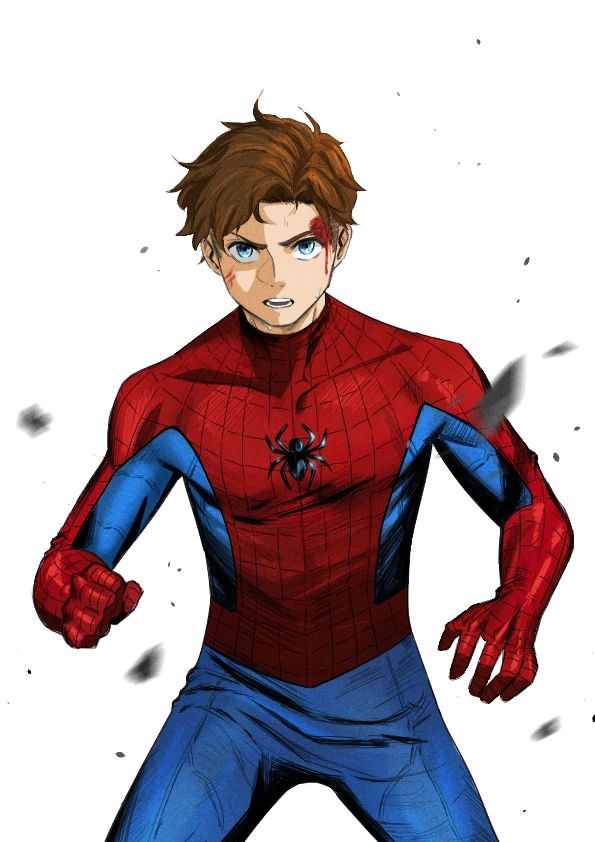
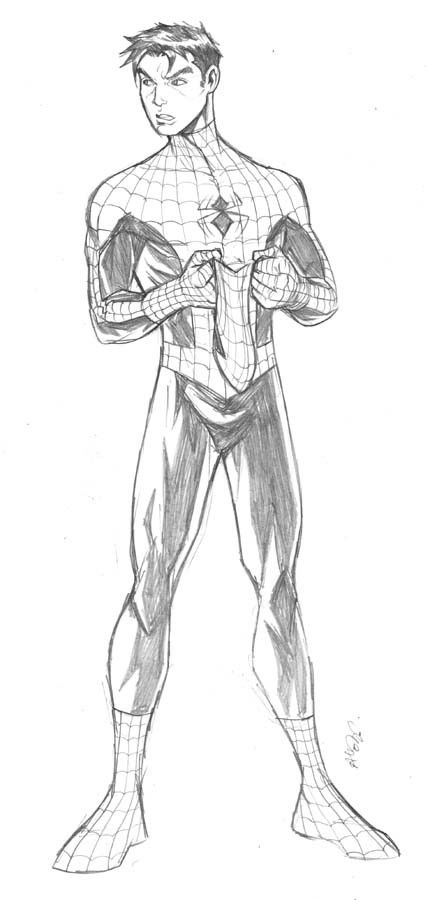
Drawing Spider-Man without his mask can be a great way to explore the character’s human side. This idea focuses on Peter Parker revealed as the hero behind the mask.
Artists can capture Peter’s mixed emotions. He could show relief, anxiety, or even pride. This opens up many possibilities to show his character in different lights.
Drawing the unmasked Spider-Man lets you work on facial expressions. His face should tell a story. Whether he’s in battle or taking a break, his expression adds depth to the drawing.
Pay attention to details like his hair and the way his costume sits around his neck. Maybe add some city background to show where he is. Peter Parker unmasked is not just a hero, but a regular person dealing with great responsibility.
10) Spider-Man Hanging Upside Down
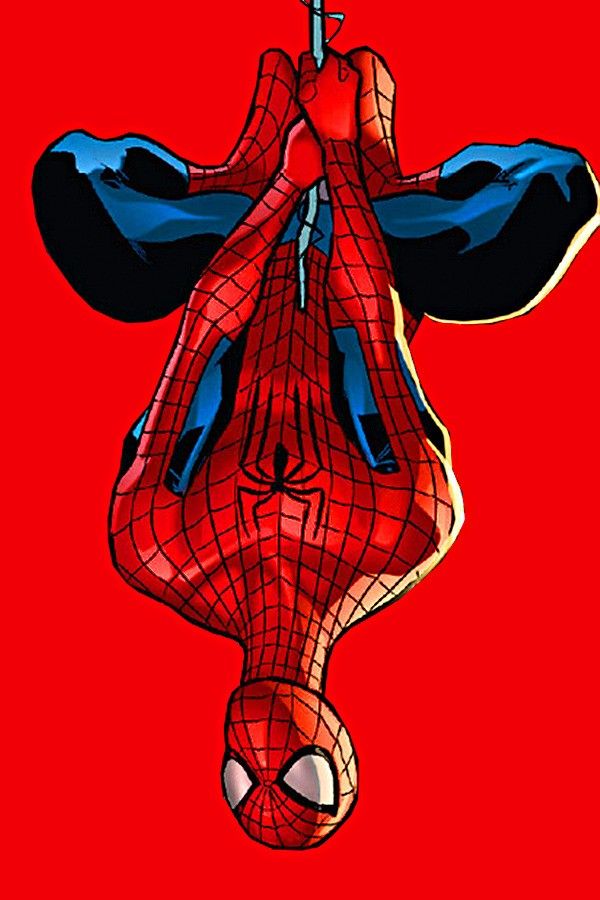
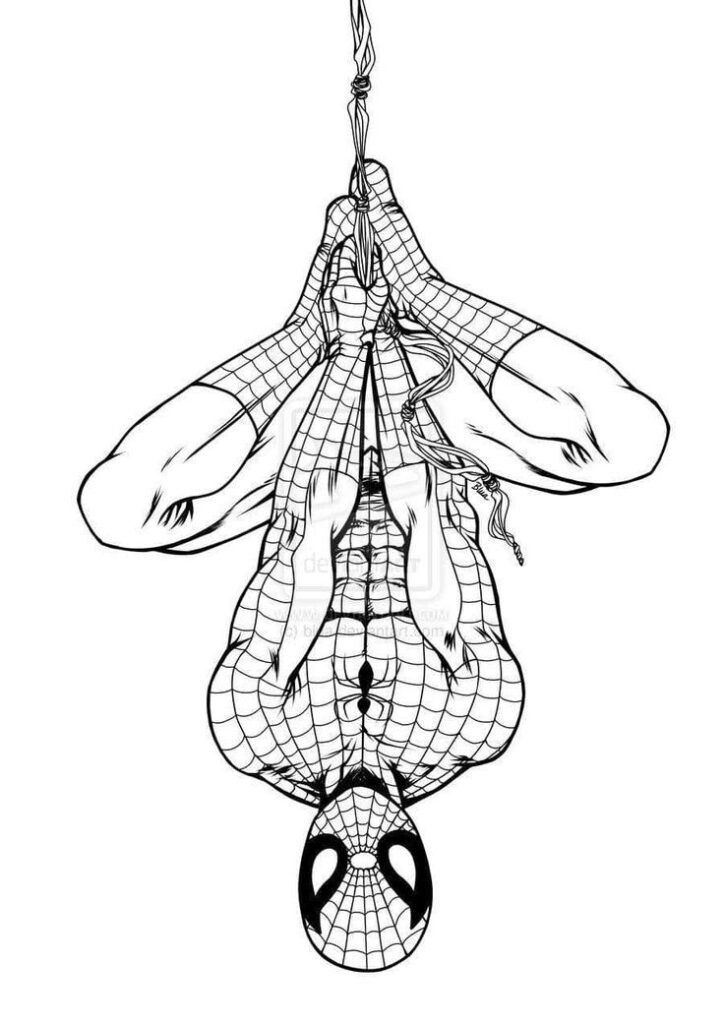
Spider-Man hanging upside down is a classic pose that many artists enjoy drawing. This position captures Spider-Man’s agility and connection to his web-slinging abilities. It’s an iconic image that many fans recognize immediately.
When drawing Spider-Man in this pose, focus on the way his limbs naturally fall due to gravity. His arms and legs should dangle, creating a sense of movement and fluidity. Pay attention to the webbing pattern on his costume, as it’s often a defining feature.
The background can add depth to the scene. Cityscapes with skyscrapers provide a dynamic setting, emphasizing that Spider-Man is swinging high above the ground. Think about using perspective to show the height and scale.
Consider the lighting in this image as well. Light can cast interesting shadows, enhancing the 3D effect of Spider-Man’s figure. Light from below can add a dramatic effect, highlighting his silhouette against the night sky or city lights.
Experiment with different angles to find a composition that feels right. Some artists prefer a close-up focused on Spider-Man’s expression. Others might opt for a wider shot to showcase his surroundings and the web line he’s hanging from.
Understanding the Basics of Spider-Man Drawing
Drawing Spider-Man requires careful choice of tools and a strong grasp of his anatomy. Understanding these basics will help artists capture his iconic look.
Tools and Materials
Choosing the right tools is essential for drawing Spider-Man. Artists typically use pencils with different leads, like HB for sketching and 2B for darker lines. Markers and colored pencils add vibrant colors for Spider-Man’s suit.
Using smooth paper ensures the ink doesn’t bleed, providing crisp lines. Erasers, such as a kneaded eraser, help remove pencil marks without damaging the paper. Lastly, having a ruler helps with initial guidelines, ensuring proper proportions.
Quality tools make a noticeable difference in the final artwork. By investing in good materials, artists can achieve the detail and finesse required in Spider-Man drawings.
Spider-Man’s Anatomy and Proportions
Understanding Spider-Man’s anatomy involves recognizing his lean yet muscular build. His head is oval, with slightly exaggerated eyes. The torso should be slim with defined shoulder muscles and a narrow waist.
When drawing arms and legs, focus on the muscles but don’t overdo it; Spider-Man is athletic, not overly bulky. His limbs are quite flexible, so it’s vital to capture dynamic poses.
Proportions are key; his body should be around seven-and-a-half heads tall. Paying attention to these details helps artists bring out the character’s agility and strength vital in Spider-Man’s recognizable movements.
Advanced Techniques for Spider-Man Illustration
Creating an impressive Spider-Man illustration involves capturing dynamic movement and fine costume details. Mastering these techniques brings life and authenticity to the artwork.
Dynamic Poses and Composition
Dynamic poses are essential to Spider-Man’s iconic look. Artists should focus on capturing his agility and flexibility. Poses often involve crouching or leaping in mid-air. These positions highlight his athletic abilities.
Composition plays a key role. Spider-Man often interacts with his environment, like swinging through skyscrapers or perching on walls. Including elements like buildings or webbing adds depth to the design. Experimenting with angles, such as a bird’s-eye view, enhances the sense of motion.
Understanding anatomy is crucial. Artists can use reference images to ensure that muscle placement and proportion are correct. This attention to detail ensures that poses remain believable and engaging.
Detailing the Costume
Spider-Man’s costume consists of distinctive elements. The webbing pattern is a key feature and should be consistently sized across the entire suit. Using thin lines for webbing helps maintain detail without overwhelming the design.
Attention to fabric texture is important. Shading can suggest the material’s stretch and flex in action poses. Highlights on the costume, especially around joints, can make the suit appear tight-fitting and realistic.
Color accuracy is essential. The classic red and blue should be vibrant yet balanced. Using shading can give depth to these colors, highlighting musculature and movement. Experimenting with light sources can also add dimension, making the illustration more dynamic and visually appealing.
Frequently Asked Questions
Drawing Spider-Man can be exciting for both beginners and experienced artists. There are different tutorials available, from basic sketches to detailed textures and complex suits. Whether drawing simple poses or intricate action scenes, artists can find plenty of resources to help them.
What are some easy Spider-Man drawing tutorials for beginners?
Beginners can start with step-by-step tutorials focusing on basic shapes and lines. Simple poses like Spider-Man swinging on his web or standing still can help newcomers get comfortable.
How can one draw a realistic Spider-Man with detailed texture and webbing?
For a realistic look, focus on muscle definition and the webbing patterns on the costume. It is important to pay attention to shadows and highlights to bring the texture to life.
Are there any simple guides to draw Spider-Man’s full body for novice artists?
Novice artists can look for guides that break down Spider-Man’s form into basic shapes. Tutorials that outline each part of the body step-by-step can help achieve the full figure more easily.
What tips can help you create a cute Spider-Man drawing for children’s book illustrations?
To give Spider-Man a cute look, artists can use exaggerated features, such as larger eyes and a smaller body. Soft lines and bright colors can also make the drawing more appealing to children.
How do you depict the action poses of Spider-Man in comic-style drawings?
Artists should study Spider-Man’s dynamic poses, like leaping or swinging. To achieve this, they can use references and focus on the flow of movement to capture the energy that characterizes Spider-Man.
Can you provide step-by-step instructions to draw the Iron Spider suit from the movies?
To draw the Iron Spider suit, begin with the basic Spider-Man body structure. Pay attention to the unique features of the suit, like the gold and red color scheme and the mechanical limbs. Focus on details like the armor plating and web shooter design.
- 672shares
- Facebook0
- Pinterest672
- Twitter0


